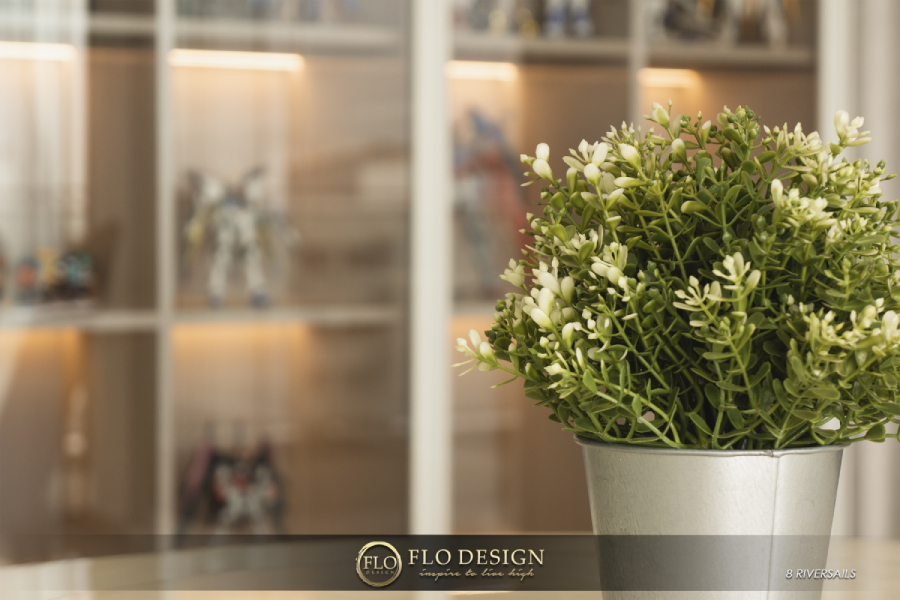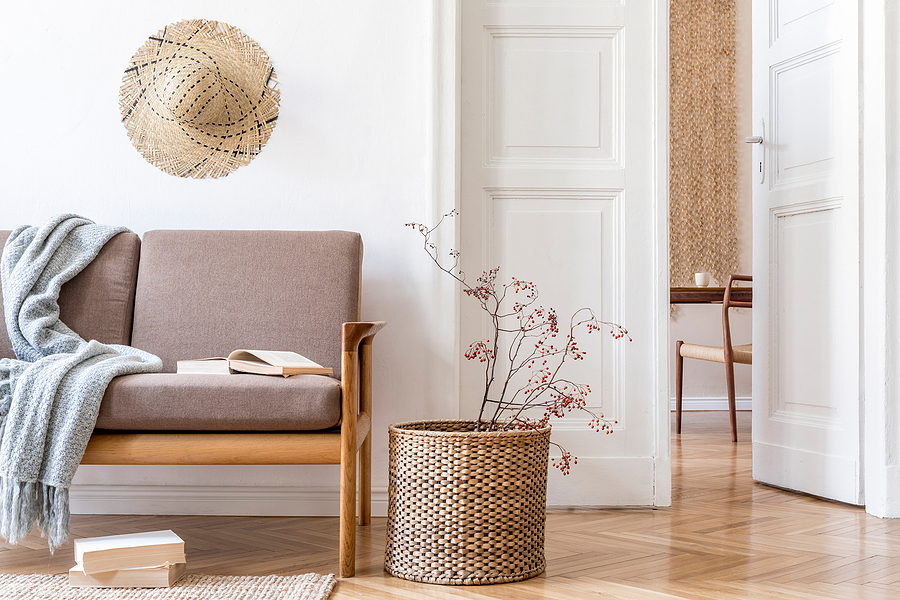
Over the years, climate change has transformed from a distant threat to a real problem impacting our day-to-day life. As such, many call for individuals, communities, and corporations to treat the environment more kindly.
So, what can you do to create a healthier environment? In this article, we will explore a few tips on creating a sustainable and eco-friendly home through interior design.
Choose Eco-Friendly Materials and Furniture
Avoid manufactured materials, which have to undergo multiple processing stages and contribute to a large amount of carbon emissions. Instead, try choosing organic materials with less environmental impact.
Consider using bamboo flooring, rattan chairs and tables, and reclaimed wood dining tables. These items are made with natural materials, so they are less likely to contain harmful chemicals or emit volatile organic compounds (VOCs) that can pollute the air. When it comes to fabric, organic materials like wool, hemp, linen, or cotton are ideal.
Additionally, you can look at secondhand furniture. Giving these furniture pieces a second chance at life can prevent them from going into landfills. You would also help reduce the demand for new furniture production; therefore, you can reduce the production of carbon emissions associated with manufacturing and transportation.
Focus on Natural Light and Ventilation
When confronted with the tropical heat, most individuals turn to their air conditioners for a quick way to cool down. However, air conditioning consumes a large amount of energy, thus contributing to climate change.
Hence, your home interior design should prioritise proper ventilation to ensure ample fresh air flow. This design helps keep temperatures down while improving air quality.
Another way to reduce energy consumption is to reduce the use of artificial lighting and rely instead on natural light. Consider installing large windows and skylights paired with sheer day curtains so sunlight can illuminate the space.
By reducing your energy consumption, you don’t just help to save the environment—you also get to save on your utility bills.
Opt for Energy-Efficient Appliances and Features
If natural light is unavailable, opting for energy-efficient artificial lighting solutions is best. LED bulbs are highly beneficial because they consume up to 90% less energy than traditional incandescent bulbs.
Water-saving features like low-flow showerheads and faucets are also excellent as they ensure standard water pressure while helping to minimise water waste.
Incorporate Biophilic Design
Consider bringing the outdoors inside with houseplants, which help keep the ambient temperature cool and purify the air by absorbing carbon dioxide.
Go Minimalistic
Non-renewable resources are finite and valuable; the more products you purchase, the fewer non-recyclable materials and items left on Earth. Additionally, higher consumption means more waste thrown into landfills.
Minimalism is one effective way to go green. Not only does it reduce waste, but it also helps you save time, energy, and money on unnecessary products.
Use Non-Toxic Finishes
Toxic finishes may release harmful VOCs, which harm the environment and cause various health problems, including headaches, nausea, and respiratory issues.
It is best to use eco-conscious materials and non-toxic finishes, such as water-based paints and plant-based binders. This will safeguard your well-being and the environment.

Conclusion
There are numerous ways to go green, from choosing eco-friendly materials to water-saving appliances. Not only are these eco-friendly practices kind to the environment, but they are also usually better for your wallet.
If you’re looking for interior design services in Singapore, contact us at Flo Design. We offer landed, condo, and BTO interior design services.




